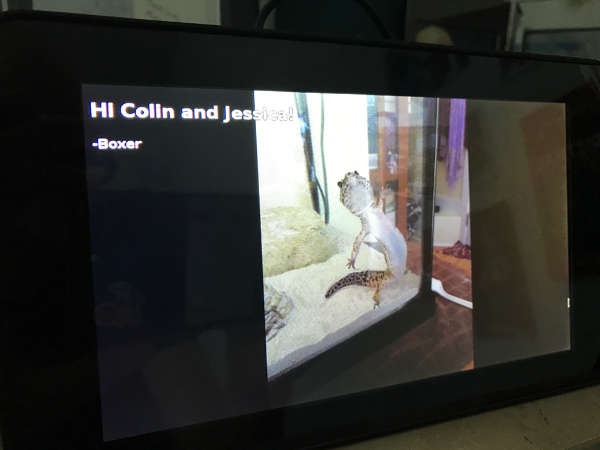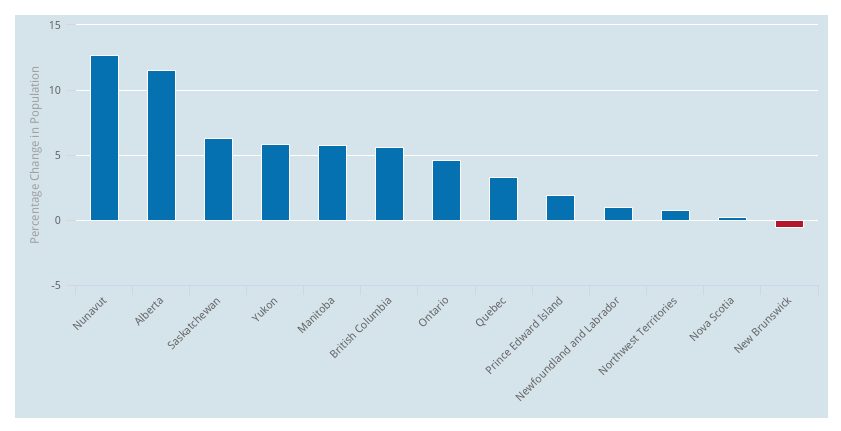Webbased Digital Picture Frame
My wife and I moved to Germany from Canada some time ago and every once-in-a-while we get a little homesick. So I wanted to do a project that can help a little bit in this area.
I wrote a webpage where my family can upload pictures and a short message, if they want. The pictures are sent directly to my home server via an http post request. The request is parsed and the metadata is stored in an SQLite database, while the pictures themselves are stored in a directory. In the interest of security, I made sure that this directory is not accessible outside of my personal network. My sister does not want pictures of her children on the internet (a good decision in my opinion) so this seemed like a good option to accommodate that.
To display the pictures, a CGI script queries the SQLite database for a random image and uses it as the background in webpage. This is convenient because this allows me easily super-impose text using a bit of CSS. After all images have been displayed once, it resets and starts the cycle over again. Chromium is set up on the Raspberry Pi to auto-refresh the page every minute with a new picture.
For the display, I used the official Raspberry Pi touchscreen. The quality of the picture is, honestly, pretty bad and I would recommend shopping around for a nicer quality display if this project interests you.
All-in-all I’m quite happy with how it turned out and my wife definitely enjoys seeing new pictures of our family back home.
The code has also been uploaded to my Github.
Tags:
Canadian 2016 Census - Population and Dwellings
About a month ago, Statistics Canada finally started releasing summary statistics for the 2016 census. The long-form census was re-introduced last year so over the course of this year there should be lots of interesting data to look through. As of right now, only information on population and dwelling counts has been released with age and sex demographics scheduled for the beginning of May 2017.
I wanted to play around with a couple new tools like leaflet and highcharts and the census population data was the perfect test dataset. Leaflet is an awesome mapping library that feels really snappy in a browser and the R wrapper is incredibly simple to use. I definitely recommend it for any type of geographic visualizations. Flexdashboard was used to create a single-page html file that I then hosted on my webserver.
I don't have much to say about the data since I'm not really in a position to make any kind of conclusions. It's mostly just interesting to see how things have changed in Canada over the past 5 years.

